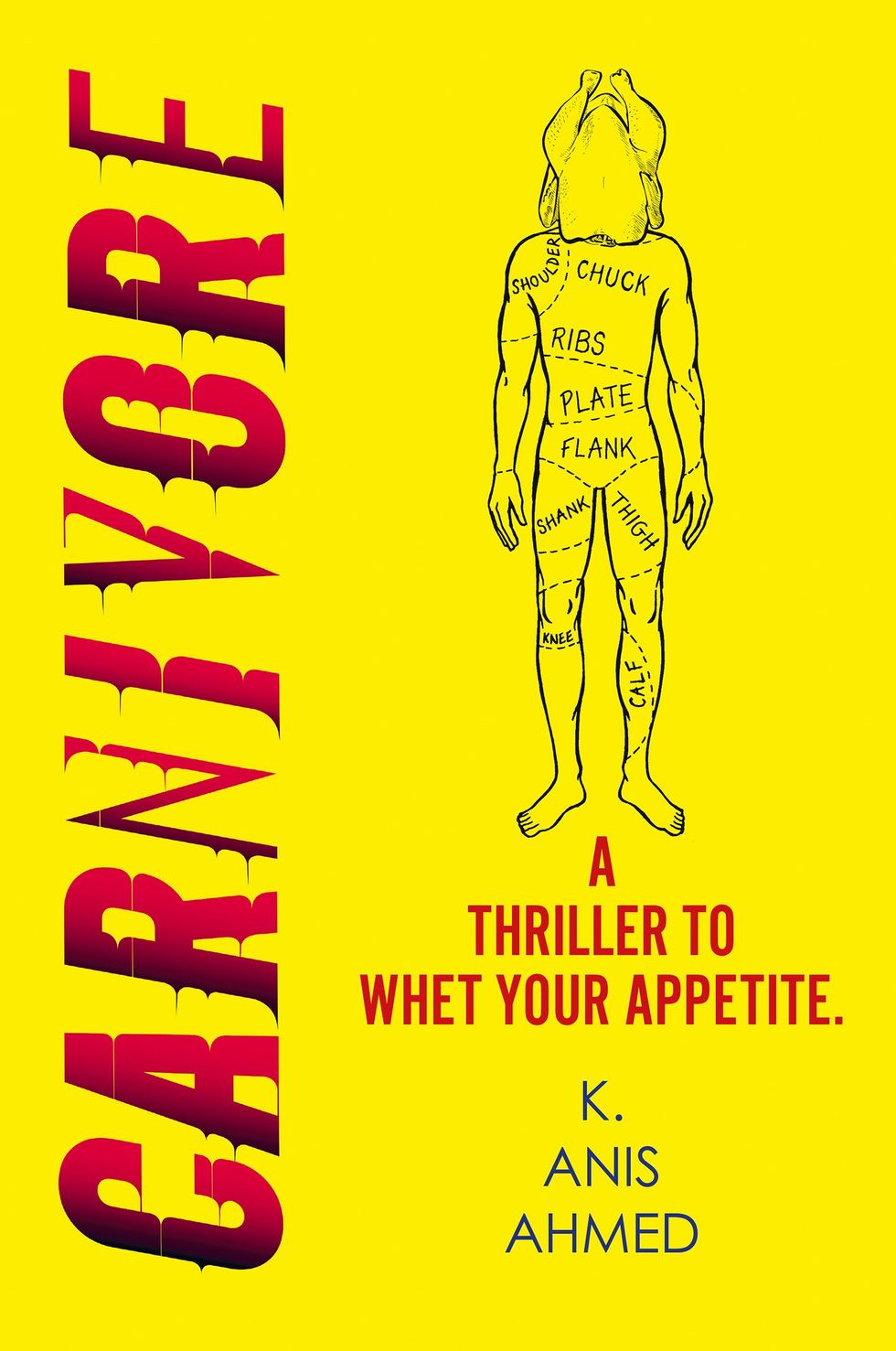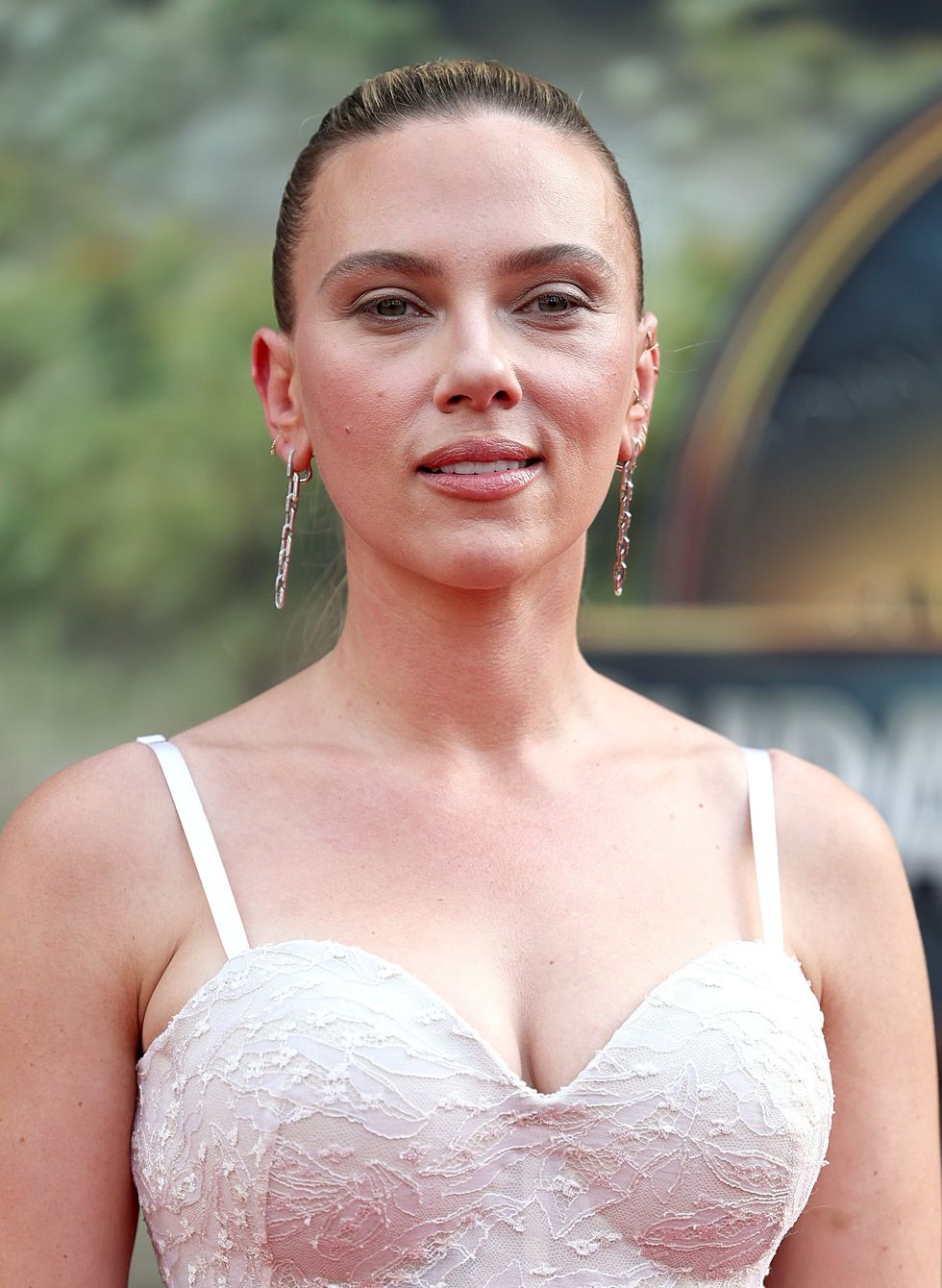The upcoming coronation of King Charles III promises to display a remarkable collection of artifacts and the most exquisite gems from around the globe. These items not only captivate the eyes but also establish a tangible and symbolic connection with the bygone era.
Here's a sneak peek of some noteworthy pieces that will be on display.
St. Edward's Crown
Crafted in 1661 specifically for the coronation of King Charles II, the solid gold crown that will adorn the head of Charles III is an awe-inspiring masterpiece.
Adorned with over 400 precious gemstones, including rare rubies and sapphires, this regal piece weighs a whopping two kilograms.
Eddie LeVian, the chief executive of Le Vian jewellery brand, highlighted the significance of the gems in the crown, stating, "It is not just that they're precious jewels..., these are some of the finest gems that came from mines that are extinct today.
"As those mines ran out, the new mines were not producing those qualities and even back when they were, these were the best of the best. They're priceless."
The Imperial State Crown
Another spectacular piece that will grace King Charles III's head during his coronation is the Imperial State Crown. Commissioned in 1937 for King George VI's coronation, this crown boasts an impressive array of precious gems, including 2,868 diamonds, 269 pearls, 17 sapphires, and 11 emeralds. Of particular note is the front-facing gem, which is the second-largest stone ever cut from the famous Cullinan diamond.
Queen Mary's Crown
During the coronation of Camilla as queen consort, she will be crowned with Queen Mary's Crown, which has a rich history. However, it is worth noting that the crown will not feature the controversial Koh-i-Noor diamond that once served as its centrepiece.
India claims ownership of this legendary diamond, and it has been a source of controversy for years. Instead, the Koh-i-Noor diamond will be substituted with precious stones sourced from the Cullinan diamond and the royal collection.
LeVian, whose ancestors protected the Koh-i-Noor when it was in the possession of the shah of Persia in the 18th century stated, "She has wisely chosen to be a role model.”
The Cullinan diamond
Discovered in South Africa in 1905, the Cullinan diamond held the distinction of being the largest ever mined, weighing an astounding 621 grams in its raw and uncut form. Two years later, in 1907, the Transvaal government presented this magnificent gem to King Edward VII on his 66th birthday as a symbol of reconciliation following the end of the Second Boer War (1899-1902).
The Sovereign's Sceptre with Dove
Symbolic of the Christian Holy Ghost, the sceptre is designed as a gold rod with a globe, cross, and dove perched atop it. Referred to as "the Rod of Equity and Mercy," this sceptre is closely linked to the spiritual duties of the monarch.
The Sovereign's Sceptre with Cross
In addition to the sceptre symbolizing the monarch's spiritual role, Charles will wield a second sceptre that represents the monarch's temporal power and commitment to good governance.
This sceptre features the largest colourless cut diamond in existence, known as the Cullinan I or the "First Star of Africa."
Weighing an impressive 106 grams, this diamond takes pride of place at the top of the sceptre.
The Sovereign's Orb
Representing the monarch's authority and the Christian world, the orb is a striking gold piece of jewellery encircled by a band of precious stones such as diamonds, emeralds, rubies, sapphires, and pearls. Atop the orb rests a magnificent amethyst and a cross, adding to the orb's symbolism and significance.
Cross of Wales
As part of the ceremony, a silver cross containing fragments believed by the Vatican to be from the cross on which Jesus Christ was crucified will be on display. The fragments, of the “True Cross” gifted by Pope Francis, have been meticulously fashioned into a small cross and seamlessly incorporated into the overall design. The tiny cross is visible through a rose crystal gemstone, adding to the ceremony's spiritual significance.
Rod with Dove
Although animal rights groups have called for it to be retired, Queen Camilla will hold an ivory sceptre during the ceremony. The sceptre, topped with a dove, has been a part of every queen consort's regalia since 1685. In addition to the ivory sceptre, Camilla will also carry a gold sceptre with a cross perched on top.
The gold Ampulla
The eagle-shaped vessel is a vital part of the coronation ceremony, as it holds the sacred oil used to anoint the monarch. The eagle's head is removable, allowing for the oil to be carefully poured into the vessel.
The vessel's design is inspired by a legend that dates back to medieval times, where it is believed that the Virgin Mary appeared to the English saint Thomas Becket, presenting him with a golden eagle and oil to be used in the anointing of future English kings.
The Spurs
One of Britain's most ancient coronation items, made of gold, leather, velvet, and gold thread, are the spurs used to represent knighthood. This tradition dates back to the coronation of Richard I in 1189 and was used to fasten the spurs to the king's feet during the ceremony. However, for queens, the spurs were presented and placed on the altar instead.
Coronation ring
Dating back to the coronation of King William IV in 1831, the ring is a significant part of Britain's coronation regalia. However, it was not worn by Queen Victoria during her coronation in 1838 due to her small finger size.
Purple Robe of Estate
The monarch's cypher, wheat ears, and olive branches are embroidered on a silk robe that took 12 seamstresses from the Royal School of Needlework 3,500 hours to make.
The Coronation Chair
The two-metre-high oak chair, commissioned by King Edward I in 1300, is considered the oldest piece of furniture in the UK. It is also known as the Coronation Chair, as it has been used in every British coronation since 1308.
The chair incorporates the Stone of Destiny, an ancient symbol of Scotland's monarchy that Edward I seized in 1296. The 152kg stone was taken from London's Westminster Abbey by Scottish nationalists in 1950 and later reappeared in Arbroath Abbey, Scotland. It was formally returned to Scotland in 1996, but will be brought back to London for the ceremony.
(With inputs from AFP)






 A compelling premise, layered and unpredictable charactersAMG
A compelling premise, layered and unpredictable charactersAMG Anyone who enjoys a gripping story with a diverse cast and unexpected twistsHarperFiction
Anyone who enjoys a gripping story with a diverse cast and unexpected twistsHarperFiction








 As WCL enters its second season, Sharma is scaling upwclegends.uk
As WCL enters its second season, Sharma is scaling upwclegends.uk


 Scarlett Johansson opens up about breaking free from early typecastingGetty Images
Scarlett Johansson opens up about breaking free from early typecastingGetty Images  Johansson reflects on her childhood stardom and evolving careerGetty Images
Johansson reflects on her childhood stardom and evolving careerGetty Images  From Avengers to auteur Scarlett Johansson embraces creative control Getty Images
From Avengers to auteur Scarlett Johansson embraces creative control Getty Images